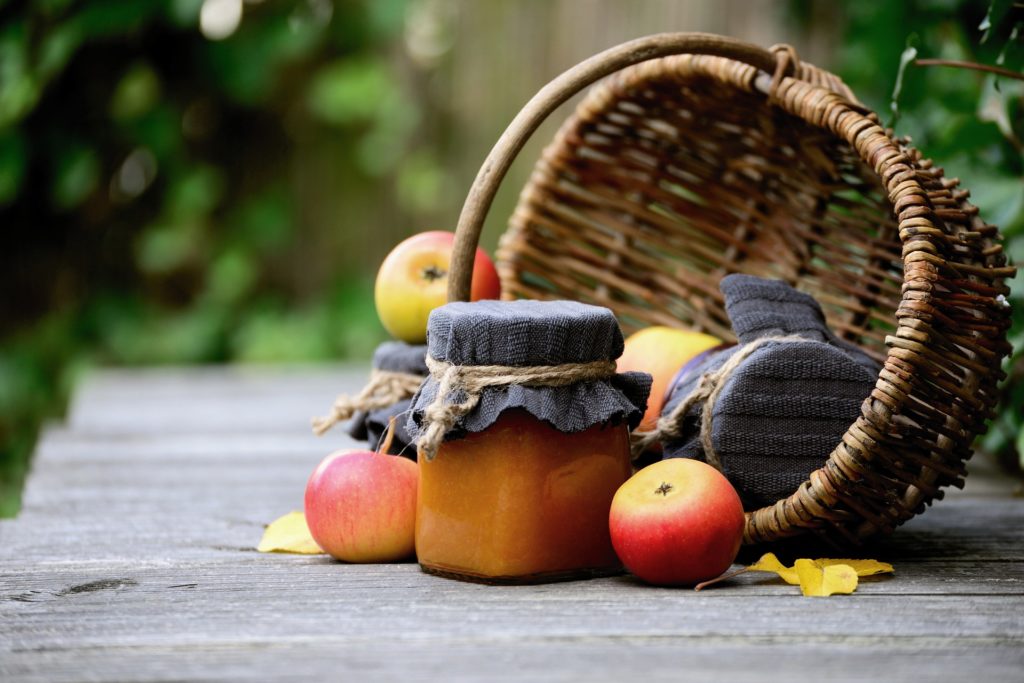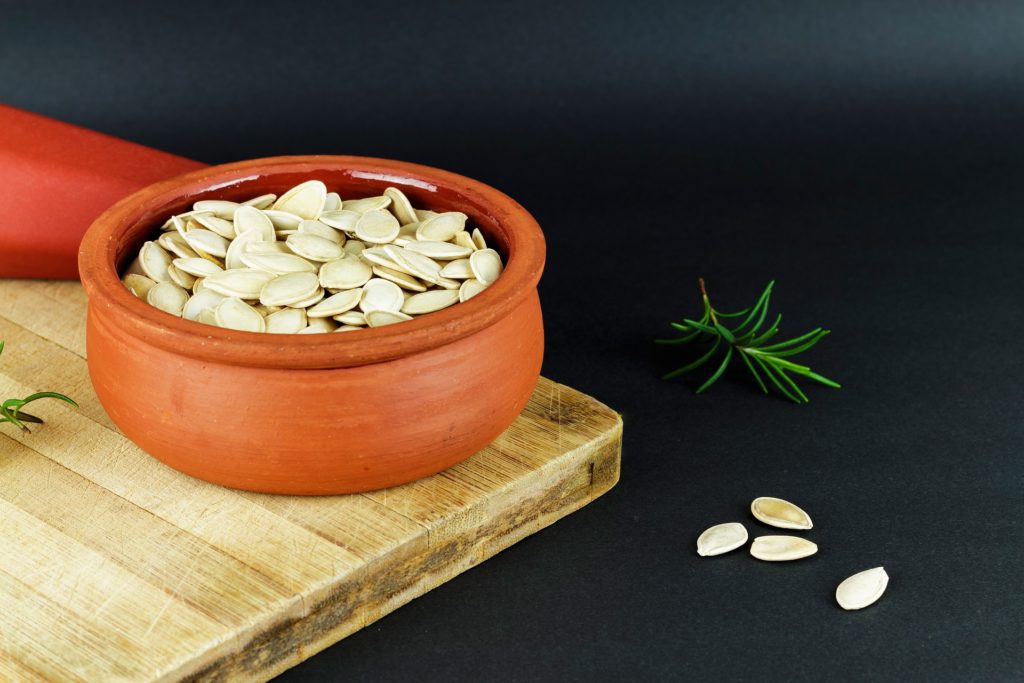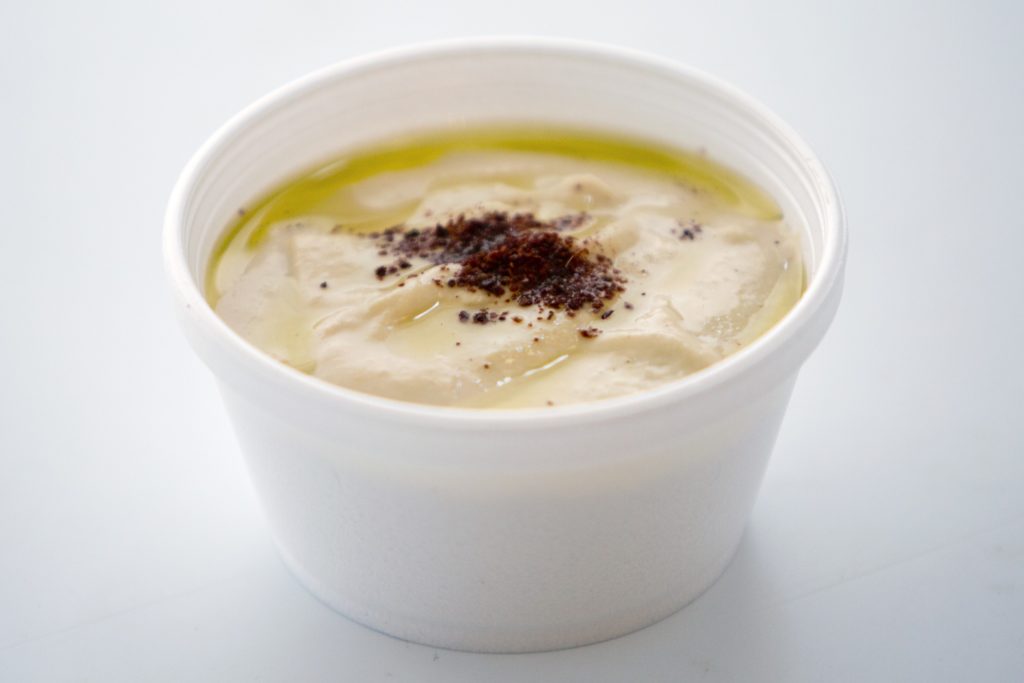
Summer is more or less over, and boy was it a hot one! We sincerely hope that the list of snacks that you could try we published during those three months gave some joy into your lives by encouraging you to taste nutritious and delicious foods. We certainly enjoyed writing them, and we thought that the articles were such a success that we want to continue them into the fall — and possibly even the winter!
Why? People love snacks, and seasonal snacks can come in wide varieties that we could theoretically make articles on the topic for years. Our followers wouldn’t be against an idea like that because who doesn’t like snacks?
While the weather is cooling down, we hope you could taste the small sampling of nutritious snacks on our list.
1. Low Sodium and Fat Cheese and Crackers
We’re surprised that we haven’t included this snack choice in an article before but now seems to be a suitable time. Crackers, especially if their whole wheat and low in sodium, are a great alternative to your more indulgent options such as chips and cookies, offering a great taste along with protein and fiber.
Nutritious crackers can also taste better when paired with low-fat cheese, adding more appealing taste and protein.
By all means, when you go shopping at the supermarket, take some time to survey the healthier options for crackers and cheese.
2. Roasted Pumpkin Seeds

Pumpkin seeds may not be as popular as sunflower seeds, but they sure pack a nutritional punch that everyone should notice. Pumpkin seeds are notable in the high amount of nutrients they carry, which includes magnesium. Magnesium is essential because it can regulate an individual’s glucose levels.
When you consider the large volume of people with pre or type 2 diabetes, you can more fully grasp the sheer necessity of consuming this seed.
While you can eat pumpkin seeds without cooking them, they can taste even better if they’re roasted in the oven. We recommend adding light amounts of salt to add even more flavor and nutritional content to this snack.
3. Pumpkin Hummus
Hummus is a tremendously popular paste made of chickpeas and sesame seeds along with other ingredients. There’s a unique variation of hummus for the fall that adds even more nutritional value: pumpkin hummus.
Regular pumpkins offer a sweet taste, antioxidants, and a large amount of vitamin A, so adding it to hummus makes the dish even sweeter and nutrient-dense.
We recommend that you look at all the different pumpkin hummus recipes that are online and decide which one is for you. We also want you to eat whatever pumpkin hummus dish you make with baby carrots or whole wheat crackers for even more flavor.
Conclusion

The fall time offers many beautiful sites as the environment changes, and we hope that while you look around you during this time, you enjoy the snacks in this article. We’ll return again in the future with more snacks!
